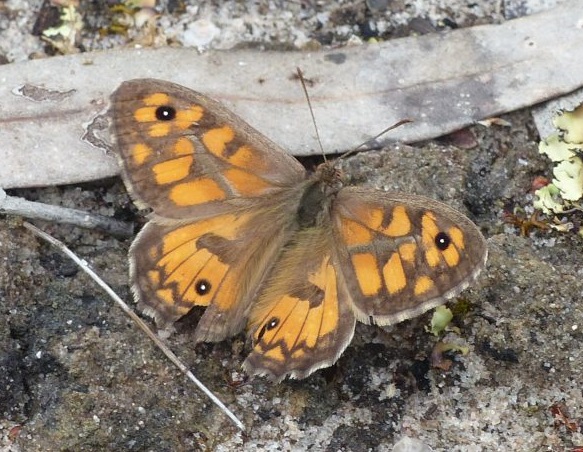Butterfly Walk (Part 2) – A butterfly’s resilience to climate change
As we are now in the height of summer, the butterflies are emerging, so monitoring has commenced again at the Penambol Conservation Park Butterfly Walk (20 minutes south-east of Mt Gambier). All are welcome to join me! For an update on the history of the walk and some of the results from last year refer to this previous post.
Counting insects while walking a defined plot as a monitoring method has always fascinated me; this method allows abundance, diversity, and emergence times to be compared year by year. You may have read my post on dragonflies and damselflies which highlighted the variety of species we have here in the South East and the timing of when they have been seen flying in their colourful adult stages.
With knowledge increasing on how important insects are to our natural and agricultural ecosystems, it is becoming more apparent that long-term data sets are critical to informed management, ensuring that ecologists and natural resource managers can facilitate sustainable outcomes in the wake of issues such as climate change.
Below is a summary of the flight period and abundance of the common and widespread Marbled Xenica butterfly which I have counted along the Butterfly Walk since 2000, for your interest. Note the dramatic decline towards the end of the millennium drought period 2006-07. Imagine if this chart was representing the numbers of a threatened butterfly species! Thankfully the Marbled Xenica recovered back to similar numbers by 2012. It just goes to show the fragility of nature during a harsh dry period, and how resilient insects are to extremes and how they manage to bounce back!

The number of Xenicas fell dramatically at the end of the millennium drought – then took several years to recover.
If you’d like to attend a butterfly walk or get some tips on setting up your own in your neck of the woods, please get in touch with me by email or phone on 0427 001 853.

